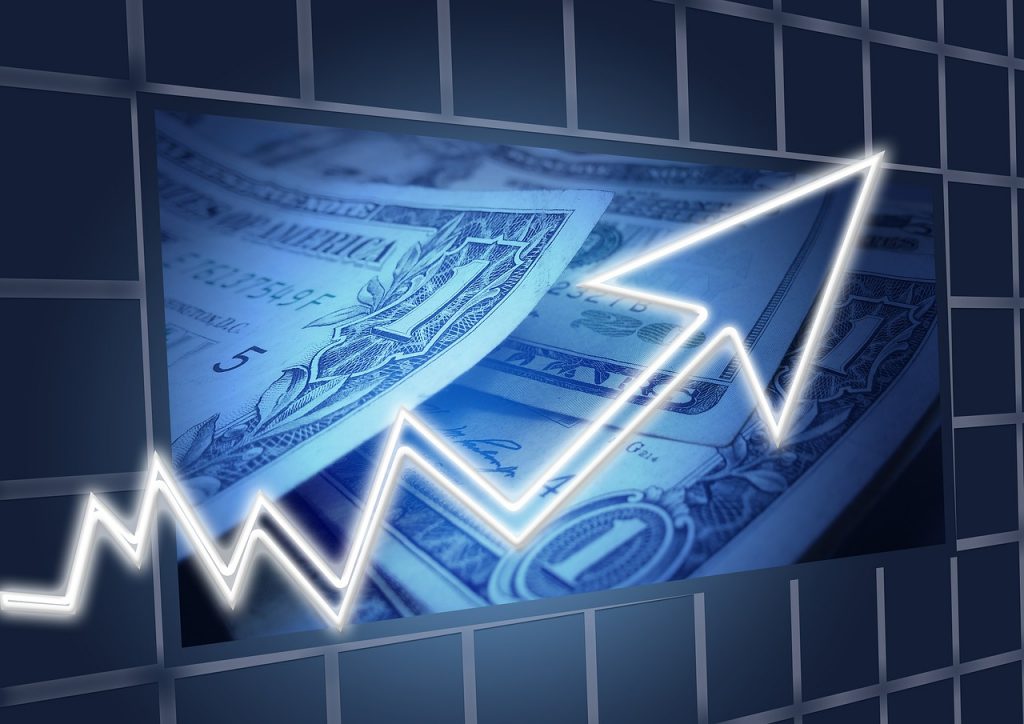Why Consumer Prices Just Keep Going Up
Consumer prices continue to rise because of supply chain issues, increased demand, the American dollar decreasing in value, and other reasons.

This past Friday, CNN was the bearer of bad news on the inflation front, reporting revised data from the Bureau of Labor Statistics that “December consumer prices rose from the month before and did not fall as previously thought.”
If you reside in California, you may have noticed that the price of a dozen eggs has nearly quadrupled over the past year. Without a doubt, inflation has been a constant source of concern for both consumers and policymakers, particularly in recent months as consumer prices for a wide range of products and services have continued to rise. Even though some of these price increases may be temporary or caused by specific problems in the supply chain, there are a number of underlying causes for the general trend of prices going up.
Rising costs can be attributed to a variety of factors. One key factor driving up consumer prices is the recent surge in demand as economies reopen and individuals resume more regular activity. After the previous two years of Covid lockdowns and limitations, people are eager to travel, dine out, and attend events, resulting in a surge in demand for associated goods and services. At the same time, supply networks and labor markets have not fully recovered from pandemic-related disruptions, resulting in shortages and bottlenecks that raise costs for everything from raw materials to completed items.
The continuous worldwide shortage of semiconductors, which has affected sectors ranging from autos to electronics, is another element driving higher consumer prices. As demand for these chips continues to outstrip supply, prices have risen dramatically, resulting in increased expenses for producers and greater costs for consumers.
Aside from these short-term concerns, longer-term trends are also contributing to growing consumer prices. One of these is the continued drop in the value of the US dollar, which has been declining for several years. When the value of the dollar falls compared to other currencies, imports become more expensive. Invariably, it means that prices go up for a wide range of goods.
While each of these variables contributes to the general upward trend in consumer prices, individuals and policymakers can take many steps to lessen the impact. One of the most important is to put a high priority on supply chain resilience and reducing bottlenecks. This can be done by improving infrastructure and reducing reliance on certain suppliers or regions.
Undoubtedly, the causes of rising consumer prices are complex and multifaceted, and tackling them will need a concerted and continuous effort. Nonetheless, by recognizing the underlying tendencies and implementing concentrated efforts to solve them, rising costs may be minimized and consumers can continue to access the necessary goods and services at more affordable rates.
Meanwhile, many frugal shoppers are opting to buy food and household items in bulk at places like Costco. Others are shopping at their local Aldi, where they can still get a gallon of milk for under three dollars. EatingWell.com also offers some valuable money-saving recommendations for the grocery shopper trying not to break the bank amid this inflationary wave.











